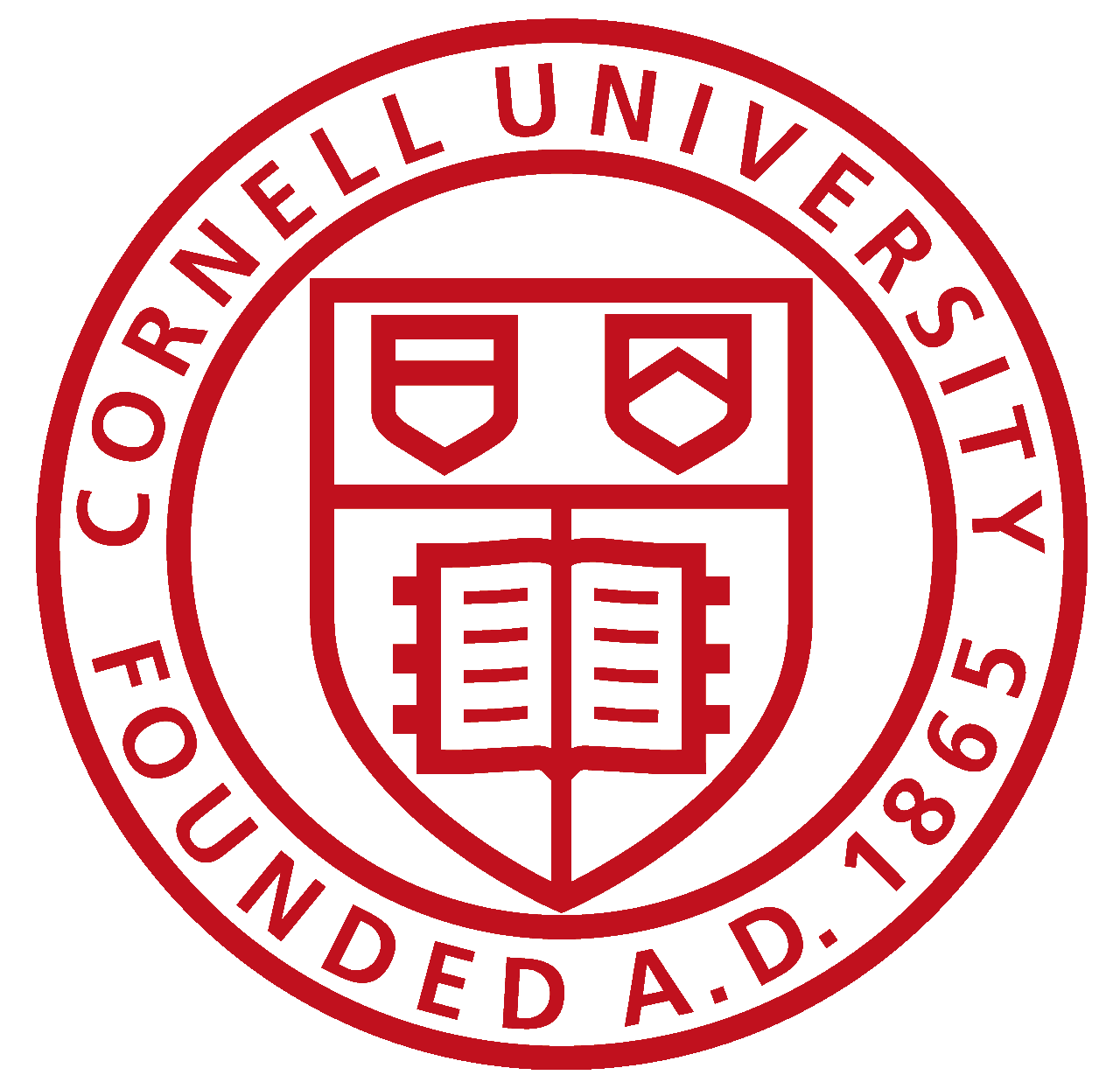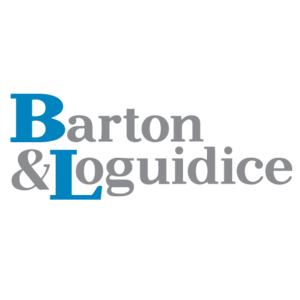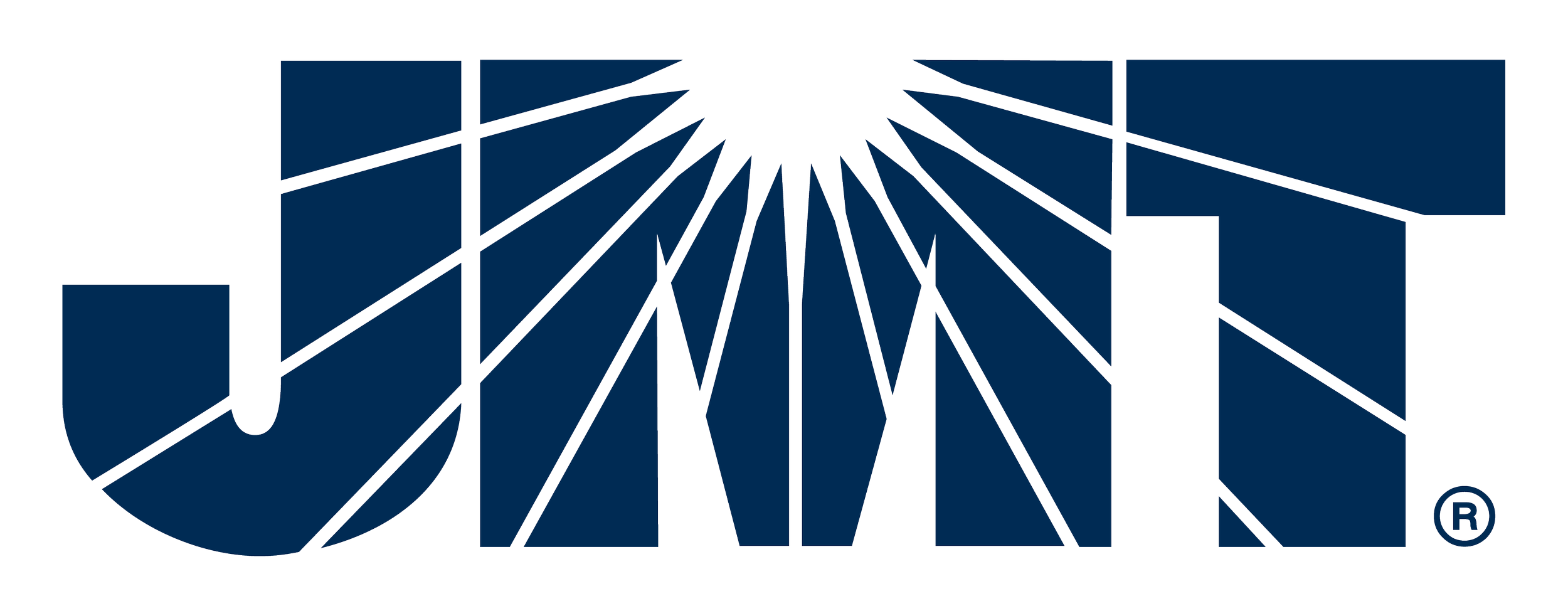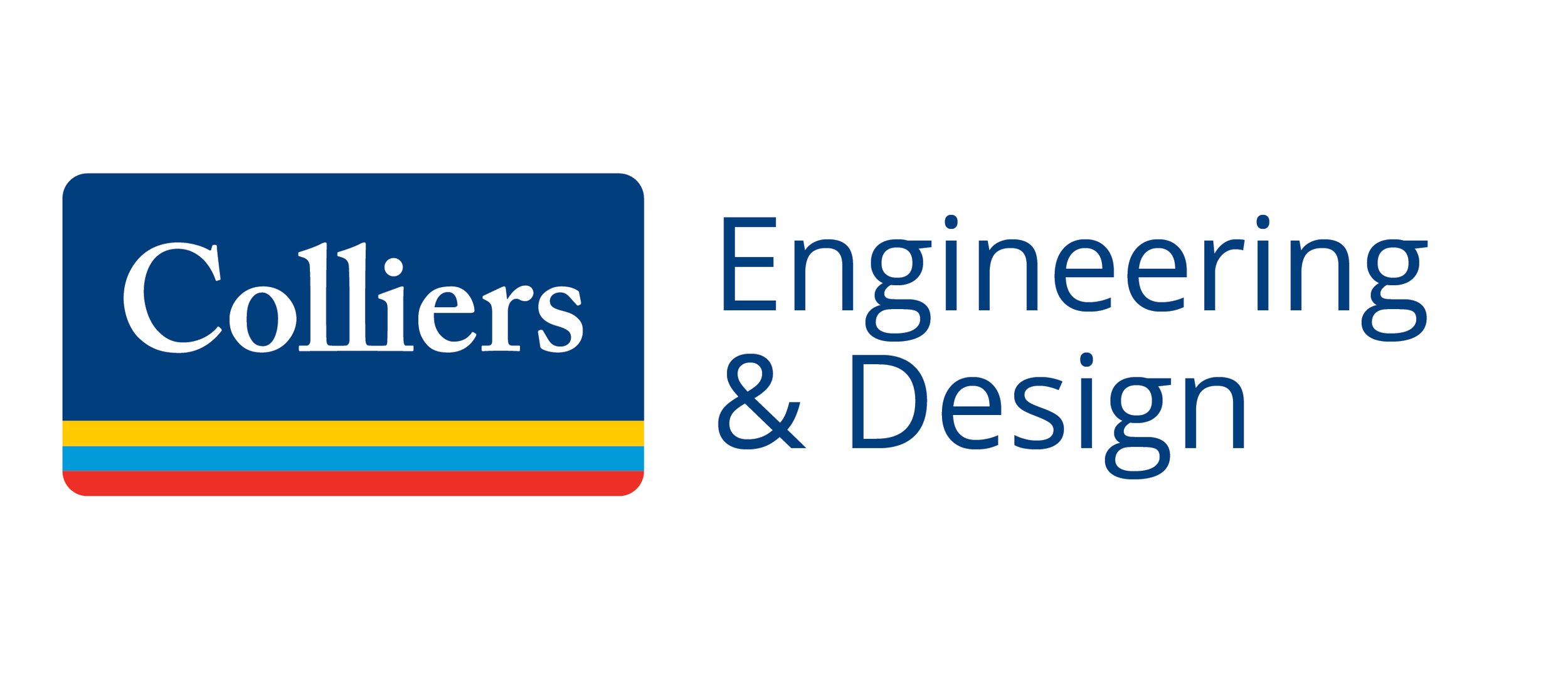Upstate New York Planners Recognize Award-Winning Projects
ALBANY, N.Y. – The New York Upstate Chapter of the American Planning Association (APA) has announced the recipients of the 2021 Professional Awards. Seven projects have been selected and will be recognized at the 2022 Chapter Conference due to the pandemic that forced the Chapter to hold a virtual conference in 2021. These projects were deemed to have at least met the criteria of the award and illustrates great planning in Upstate New York.
“Each year, the New York Upstate Chapter has the wonderful challenge of reviewing applications from our colleagues and communities and learning more about what is happening around the state," said Sean Maguire, Chapter Vice President and Chapter Awards Chair. “We are pleased to announce the recipients of the 2021 Professional Awards highlighting the best in planning across Upstate New York creating great communities for all.”
Awards were made in two of the categories available – Best Practice and Comprehensive Planning. One project in each category were the work of students at either the University at Albany or University at Buffalo.
Best Practice
Amherst Farmland Protection and Agricultural Development Plan
Revitalization and Redevelopment Design Plan for Sewall’s Island and Factory Square
Lark Street Improvement Study
LivCo Wayfinding Strategy
Erie Grown
Delaware County Hazard Mitigation Plan Update Mitigation and Adaptation Opportunities (Student Project, University at Albany)
Comprehensive Planning
Willert Park Courts - A.D. Price Homes: A Study of People and Placemaking (Student Project, University at Buffalo)
Details about each award winner can be found in the section below.
ABOUT THE AWARDEES
Amherst Farmland Protection and Agricultural Development Plan. For a farmland protection plan to be effective in Amherst it needed to address the current development pressure pushing north into the historically agricultural district in Town. A strategy had to include a separate section that shows agricultural lands as not only a physical asset to the community but also an important contributor to the local economy. Identifying agriculture as an economic asset as well as a natural asset adds another layer of value to these lands. Thus a hybrid model for the farmland protection plan was formed: a farmland protection component with an economic analysis of its contributions to the Town’s economy. Contact: Kimberly Amplement, (716) 631-7103
Revitalization and Redevelopment Design Plan for Sewall’s Island and Factory Square. The City of Watertown community and economy has centered around the Black River for generations. The Revitalization and Redevelopment Design Plan for Sewall’s Island and Factory Square took an underutilized riverfront site and created a vision for a new district that celebrates and embraces the history and natural setting in a new and creative way for future generations. The plan echoes similar situations facing many communities throughout New York that are trying to revitalize and evolve from the remnants of their industrial past. The plan’s approach establishes a framework of key elements that guide future development, including natural environment, the historic built features of the area that should remain, transportation, and contextual land uses. This framework was shared and vetted with stakeholders and the public to uncover possibilities, gain input, and provide a detailed look into the planning process. The final vision for Sewall’s Island and Factory Square is a mixed-use district that is anchored by multiple new public spaces and parks, all of which interact with the Black River and its rapids. The plan emphasizes the importance of public space and its power to incentivize private development. Historic structures are repurposed to celebrate the history of the area, establish character, and ensure the district is uniquely Watertown. Contact: Sean Hare, (585)739-7652
Lark Street Improvement Study. The Lark Street Improvement Study examines the feasibility of a variety of different streetscape improvements along Lark Street in downtown Albany to enhance the public realm, improve walkability and safety, create a unique sense of place, and catalyze economic development. Informed by extensive public outreach, existing plans, data collection and analysis, and a temporary demonstration project, this Study identified feasible and transformative streetscape improvements and provided the City with an implementation strategy, including cost estimates and phasing, programmatic, and policy recommendations. Funding has already been secured for design and construction of the first phase of proposed improvements. Contact: Elizabeth Podowski King, (518) 556-3630.
LivCo Wayfinding Strategy. Livingston County identified the need to undertake a County-wide wayfinding study to improve vehicular and pedestrian navigation, support economic development and visually connect the nine villages and destinations throughout the County with uniform and consistent signage. Incorporating feedback from a robust public engagement strategy and building off of numerous County and Regional initiatives, this study lays the groundwork for an informative, functional and identifiable wayfinding system. Detailed cost estimates and implementation strategies were identified for each of the nine Villages to plan for future capital improvement programming and grant opportunities. In addition to wayfinding, this study provides recommendations and general streetscape design guidelines to help create inviting, comfortable and navigable environments in each of the nine Villages. Contact: Samantha Aldrich, (716) 710-3934.
Erie Grown. The Erie Grown (EG) website is an initiative of the Erie County Office of Agriculture to promote locally grown and in-season agricultural products and agritourism,222 and to improve the viability of farming. EG includes a site locator map, allowing users to view farm and farm-related businesses in one comprehensive map, and a produce finder, allowing users to search by type of produce and locate growers to purchase from. Additionally, Erie County Office of Agriculture staff maintain a blog spotlighting various producers and agritourism events. A companion to EG is the Erie Grown Passport (EGP). The EGP further incentivizes local purchasing by encouraging participants to visit local producers for a chance to win agriculture-related prizes. The overarching goal of EG and the EGP is to bolster the agricultural economy and local food system, and to demystify buying local by creating an intuitive platform that benefits both producers and consumers. To date, 145 producers (i.e.: farms, farmers markets, wineries, cideries) have enrolled in EG and the website has over 50,000 views. Of repeat website visitors that have taken a user survey, 75% have indicated that EG has helped them purchase goods from a local producer. Contact: Sarah Gatti, (716) 858-6014.
Delaware County Hazard Mitigation Plan Update Mitigation and Adaptation Opportunities. The graduate planning studio at SUNY Albany assisted Delaware County, NY in the compilation of a Hazard Mitigation and Adaptation Opportunities Plan in the fall 2020 semester. The plan helps to establish hazard mitigation priorities with respect to housing and green infrastructure and provides a foundation for informed mitigation planning and decision making. The studio report also assisted the AVAIL lab at SUNY Albany in preparing a Hazard Mitigation Plan Update for Delaware County. The focus of the student research was prepared in consultation with the Delaware County’s Planning Department and Soil and Water Conservation District under the supervision of Dr. Jared Enriquez and Dr. Catherine Lawson at SUNY Albany. Student material was considered for draft hazard mitigation plan updates for flood-prone communities in Upstate NY. Contact: Jared Enriquez, (210) 849-5938.
Willert Park Courts - A.D. Price Homes: A Study of People and Placemaking. A studio consisting of graduate students in Urban Planning, Historic Preservation, and Real Estate Development evaluated Willert Park Courts and questioned the underpinning ideas associated with historic preservation - questioning traditional approaches is both innovative and original. This is a project that has a direct impact on "people in place." The intent of the student work was to provide a context to better understand the planning process and, for those “who have historically been left out of the planning process,” a resource that documents the history of Willert Park and the significant cultural resources, while providing design concepts that acknowledge the significance of the buildings and landscape design, while providing a place, a home, for people that is not just a great place to live, but is consistent with regulatory guidelines. The students working on this project had the opportunity to interact with other disciplines – historic preservation, urban planning, real estate development. This project provided the planning student to have a real world experience in a complex, and controversial historic preservation and public housing issue. The student was engaged as a planner. The document produced has influenced the design. Contact: Daniel B. Hess, (716) 829-5326.















